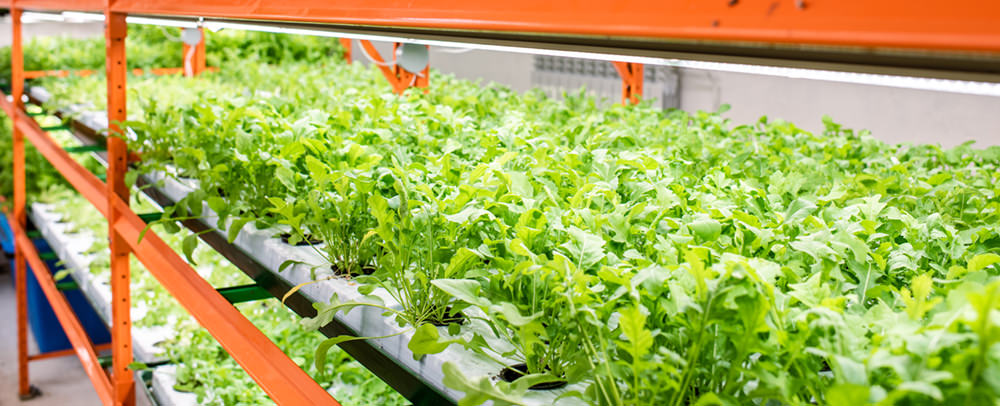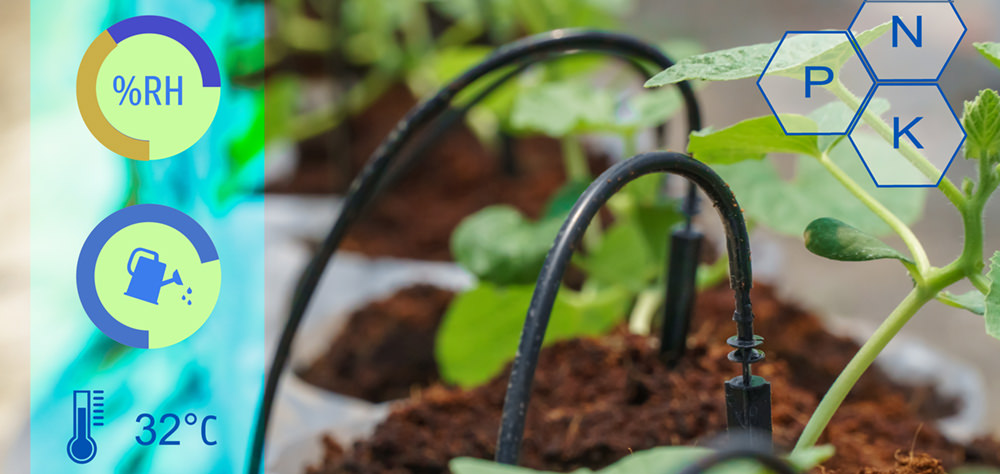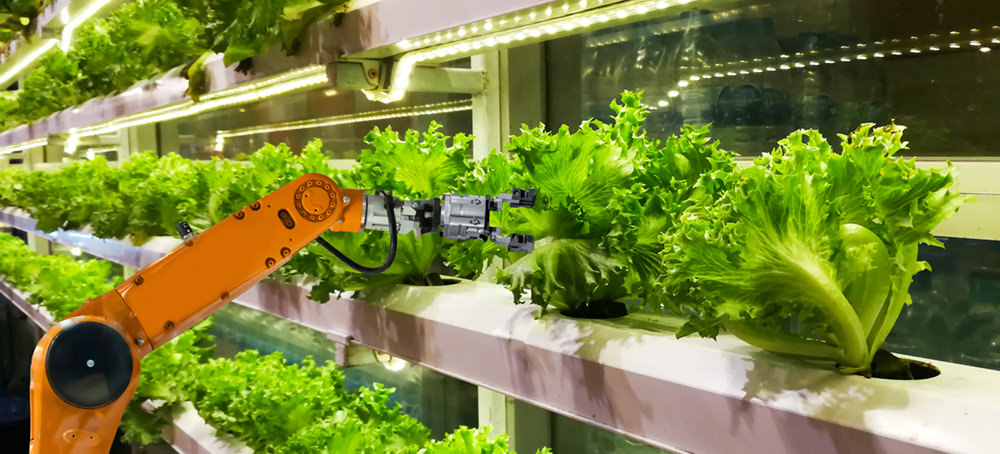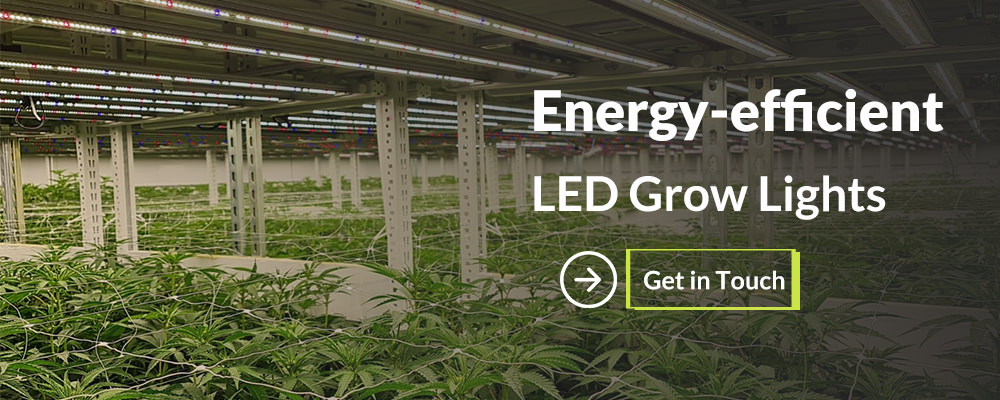9 Ways to Reduce Indoor Farming Costs
Indoor farms provide a new possibility to feed the world under the threats of climate change and the shortage of arable lands. Indoor agriculture makes food, herbs, and flower cultivation more local and available year-round. But indoor farming requires high investment and operational costs. One of the biggest challenges that farmers are facing is increasing production costs. In addition to rising production costs, erratic commodity prices have also left farmers struggling. Although we cannot control prices, we can take steps to increase production, improve quality, and reduce costs as much possible. Among them, managing production costs is one of the most effective ways to survive the ebb and flow of the market.

1. Select location and cultivar carefully
Local growing and fast delivery are two main advantages of indoor farming. Therefore, you should select the locations of your indoor farms carefully. To choose the right location, there are many factors that should be taken into consideration. For example, what are the zoning regulations in your town or city; how far is your farm to retail shops; how can your products get there; what labor costs; what are the rental costs, etc. Cultivar selection impacts your costs as well. Crops with short growth cycles require fewer inputs but can only fetch a lower price. In contrast, slower-growing crops usually can gain a higher price. However, you must ensure there is a market for the crops you select. If your farm is located in an area with high labor costs, rent costs, and energy costs, moving to a lower cost location may be a better option.
2. Consider key performance indicators
It is important to consider and understand the key performance indicators that impact your production costs. Key performance indicators are the measurement for successful cultivation. Paying attention to key performance indicators helps you understand when and where it costs a lot for your farm production. Later, you can make the right decisions on how to reduce production costs. What you should keep in mind is that key performance indicators vary by specific operation. Shipping container farms have lower start-up costs. But they have high electrical demands. For shipping container farmers, they should make efforts to reduce energy consumption rather than choose a cheaper place to start cultivation.
3. Use LED grow lights
Lighting is one of the biggest expenses on indoor farms. LED grow lights are at the top of the list for most commercial growers for consideration. If you are still using HID or HPS lights, you had better consider a retrofit. Even if the upfront costs of LEDs are higher, the long-term costs are lower than traditional light sources. LED grow lights are energy-efficient. This means you can achieve the same PPFD with less wattage. Nowadays, LED lighting manufacturers not only provide full spectrum LEDs, but also variable spectrum LEDs and dimmable LED grow lights. One LED grow light can fit the all growing cycle of crops with adjustable light intensity and spectrum, helping you save energy costs effectively. Furthermore, they are not always as expensive as you might imagine. If you are nervous or confused about making the switch, multiple resources are available to help you gain a better understanding. Contact us and let us help you!
4. Balance capital and operational costs
There is a correlation between initial capital and eventual operational costs, and you should take a long-term view on costs. Cheaper options may seem more attractive at the beginning, but more expenses will come with more warranties and repairs later. For the equipment for indoor farms, such as lighting, heating, and irrigation, cutting initiate costs can cost you more in the long term. Others, like automated feeding and harvesting, can save over 50% on labor costs. High quality products can provide better performance, lower energy consumption, and a longer lifespan. These will save potential expenses significantly. Therefore, farms should balance their initial capital and operational costs.
5. Reduce water waste
You might think water is inexpensive than electricity, and indoor farms will not cause much water waste by adopting automated irrigation systems. So, you don’t pay a lot of attention to water consumption and conservation. It is true that some kinds of automated irrigation are efficient and low-cost operations. But reducing water waste not only means reducing water consumption but also the nutrient costs and dehumidification needs. It would be a surprising amount when you add up the wasted water, wasted nutrients, and energy consumption for running a dehumidification system. You need to pay more attention to your irrigation strategies and only water when it is needed.

6. Don’t overuse machines
HVAC systems are widely used in indoor farms. You need to carefully consider how to make your HVAC systems more efficient. Some farmers may overuse the machines, which can cause higher energy consumption and lower efficiency. They want to drive the temperature or humidity down as soon as possible. So they set the cooling machine and dehumidifier mistakenly. For example, indoor farms run at 80°F, and farms want to lower the temperature to 70°F. They set at 60°F to achieve the lower temperature rapidly. This will cause cooling machines to run hard and consistently to reach 60°F, resulting in energy waste. Moreover, for most HVAC systems, the lower the temperature and humidity, the less effective the systems are.
7. Maintain equipment frequently
Equipment in indoor farms requires frequent maintenance to ensure its efficiency. For example, maintaining grow lights comes with long-term advantages, including saving cost, ensuring safety, increasing efficiency, and extending lifespan. In most cases, rising energy costs are the result of poorly maintained equipment. Furthermore, equipment may fail suddenly without regular maintenance. Could you imagine the huge loss due to equipment failure during peak hours? The suddenly failed equipment will cause reduced yields and revenues, and excessive amounts for emergency services. Frequent maintenance can help you save a lot. The unnecessary costs of emergency services and purchasing new equipment can be saved by repairing major components.
8. Use smart technology
Do you want to produce more with less? Using smart technologies is an ideal solution. Using smart technologies contributes to intelligent control for indoor farms. There are many benefits of intelligent control system. It can use the least amount of energy to provide optimal environments for crops. Moreover, the system will monitor the equipment and show you the real-time operation. You can check and control the equipment freely through intelligent control systems. With optimal growing conditions, you are able to achieve consistent yields, better quality, and higher production. However, it is essential to consider the expenses before investing in these technologies. Choose technologies that are able to bring the highest ROI possible to your operation.

9. Predictive farming
Most indoor farms adopt streamlined environmental controls. This allows crops to receive the optimal conditions. Meanwhile, farmers don’t need to account for the weather and monitor for watering needs. What you must do is conduct a predictive analysis. You need to check an array of current and historical agricultural, biological, climate, and hydrological data from various sources. Then, use relevant tools and the data to predict outcomes, manage inputs, and plan for cultivation on your farm. With controls for each growing factor, predictive farming can avoid unnecessary waste and reduce the costs of providing optimal growing environments. It can also lead to increased production.


